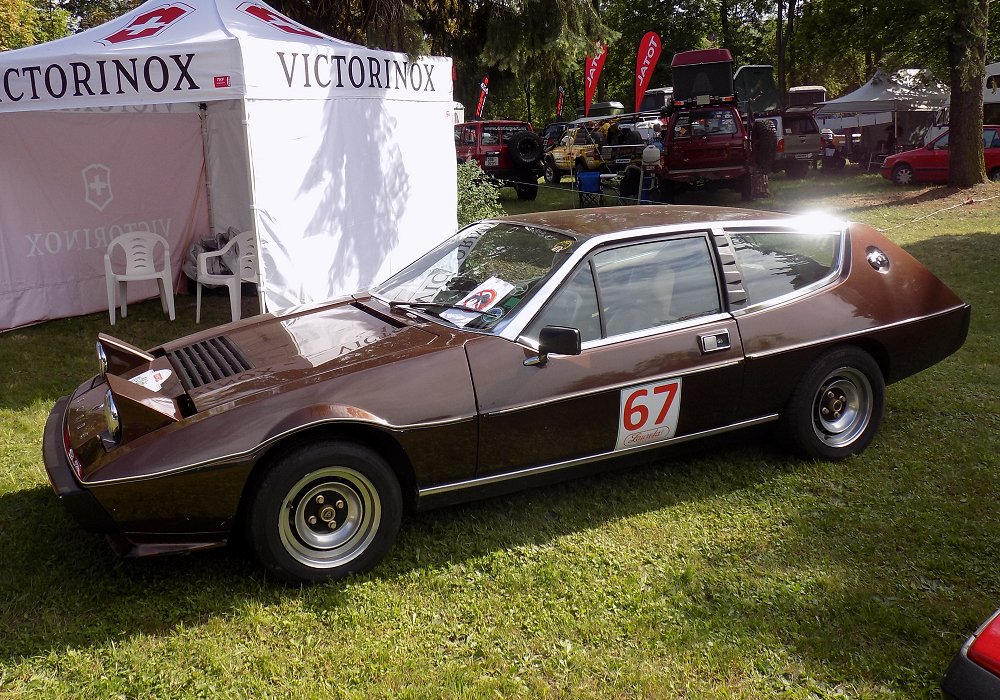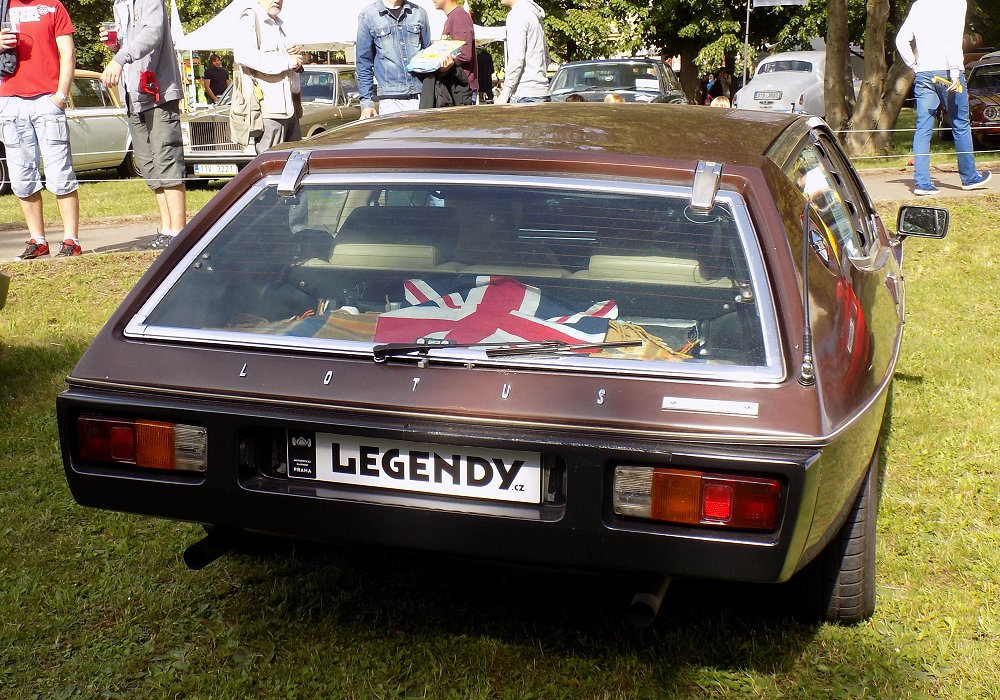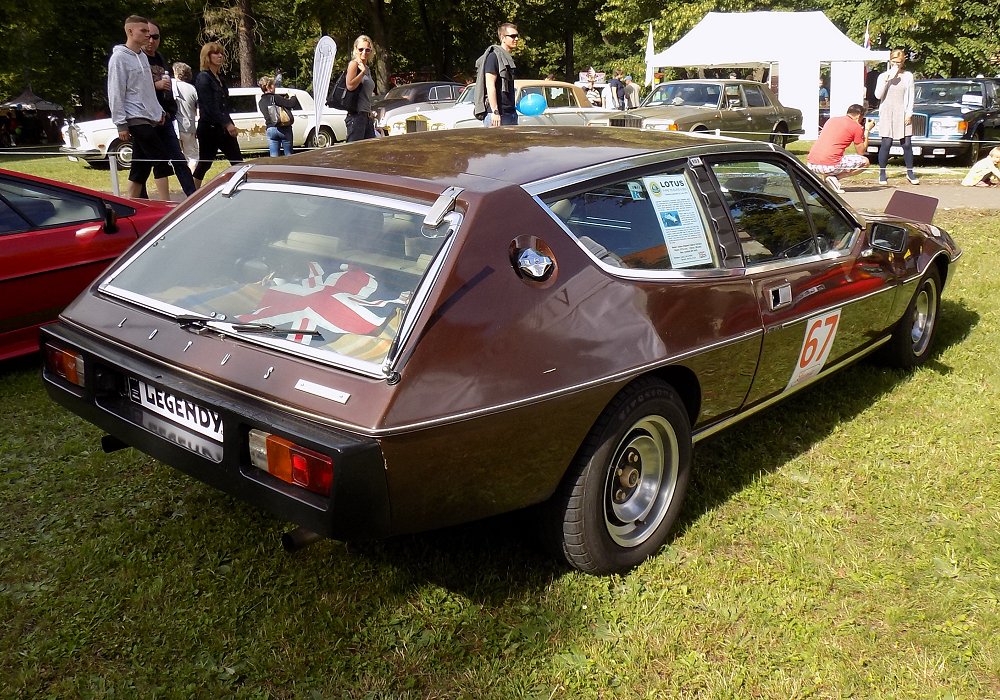Description
The Lotus Elite 503 was the most highly equipped version of the second-generation Lotus Elite, internally designated as the Type 75 and later the Type 83. Produced from 1974 until 1982, it marked a striking change in direction for Lotus, combining the company’s engineering expertise with a more luxurious and practical approach. Designed by Oliver Winterbottom under the guidance of Colin Chapman, the Elite was a four-seat grand tourer with a sleek, wedge-shaped profile that stood out from the traditional rounded lines of earlier Lotus models. The car’s body was made from glass-reinforced plastic mounted on a steel backbone chassis, an evolution of the same structural concept used on the Elan and Europa. This provided exceptional rigidity while keeping overall weight relatively low for a 2+2 car of its size.
At the heart of the Elite 503 lay the Lotus Type 907 engine, a 1973 cc all-aluminium four-cylinder unit with dual overhead camshafts and sixteen valves. Producing around 155 horsepower, it was coupled to a five-speed manual gearbox driving the rear wheels. The engine’s free-revving nature and light weight gave the car a responsive and balanced feel, though many reviewers of the period remarked that its modest displacement left the Elite short of torque compared with rival grand tourers of the era. Nevertheless, the Elite 503 delivered impressive agility and handling precision. Its fully independent suspension, rack-and-pinion power steering, and low centre of gravity gave it a level of control that few contemporaries could match. The claimed 0–60 mph time was under eight seconds, with a top speed of around 125 mph, while fuel economy remained respectable for the period.
As the range-topping model, the Elite 503 featured a higher level of comfort and equipment than its siblings, the 501 and 502. It came standard with power steering, air conditioning, a heated rear window, and a premium stereo cassette system. Inside, the car offered a carefully designed cabin trimmed in quality materials, with supportive seats, thick carpeting, and a driver-focused dashboard that reflected Lotus’s growing interest in ergonomics and refinement. The combination of practicality and comfort made the Elite 503 more suitable for long-distance touring than any Lotus before it, while still maintaining the brand’s hallmark focus on handling and performance.
The Elite’s aerodynamic efficiency was one of its most impressive technical achievements. With a drag coefficient of around 0.30, it was among the most streamlined cars of its time. This low drag, together with the lightweight chassis and responsive steering, made it a capable and rewarding car to drive on both winding roads and open motorways. However, its advanced design and complex body construction also made it expensive to build and repair. Early production examples were sometimes criticised for build quality issues, and the car’s high price placed it in competition with more powerful and established luxury marques such as Jaguar, BMW, and Porsche.
Despite these challenges, the Lotus Elite 503 remains a significant model in the company’s history. It demonstrated Lotus’s ambition to move beyond lightweight two-seaters into the realm of sophisticated grand touring cars, combining innovative engineering with comfort and style. Though it never achieved major commercial success, the Elite paved the way for the later Lotus Eclat and Excel, which refined the same mechanical layout and design philosophy.
Today, the Elite 503 is admired as one of the most distinctive British cars of the 1970s. Its sharp, wedge-shaped styling, technical ingenuity, and rarity give it strong appeal among enthusiasts of the marque. More than just a footnote in Lotus history, it stands as a symbol of the company’s determination to challenge convention — a car that brought racing-derived precision to the world of luxury motoring.



